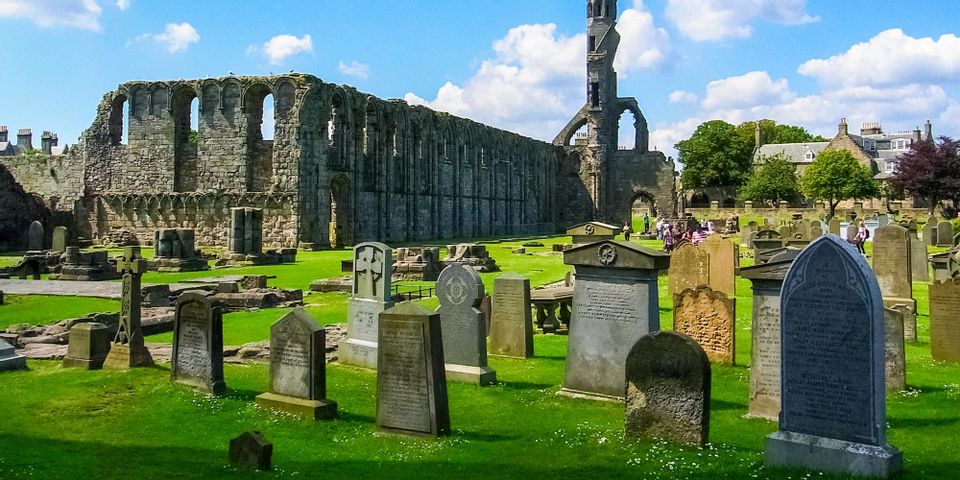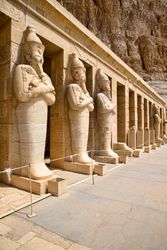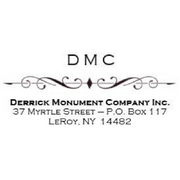A History of Headstones in Gravesites

From boulders and wood to bronze and other metals, a variety of materials have been used to identify where loved ones are buried. Headstones have a historical track that spans millions of years. The following guide highlights their emergence in ancient times to their present-day inclusion at gravesites around the world.
Ancient Cultures
Archaeologists trace some of the earliest headstones back to the Stone Age, which occurred nearly three million years ago. After people died and were buried, large boulders and stones were placed on their gravesites. The nomadic people of the time believed this kept the deceased from escaping their graves.
 Other ancient cultures in Egypt and Mesopotamia had more elaborate ways of erecting headstones. The dead were mummified and buried in the ground with their prized possessions, then carved stones resembling the deceased were made into grave markers. Many of these headstones were placed on benches to honor loved ones. Like the Egyptians, members of Chinese royalty were buried with valuable assets and headstones in intricate tombs.
Other ancient cultures in Egypt and Mesopotamia had more elaborate ways of erecting headstones. The dead were mummified and buried in the ground with their prized possessions, then carved stones resembling the deceased were made into grave markers. Many of these headstones were placed on benches to honor loved ones. Like the Egyptians, members of Chinese royalty were buried with valuable assets and headstones in intricate tombs.
Modern-Day Evolution
Today’s gravesite markers have built on cultural and religious themes to include a wide range of memorials. Headstones are now made from slabs of chiseled stone, like marble or granite, or metals, like bronze or iron. They often include inscriptions and spiritual verses as well as religious symbols, such as Christian crosses, the Star of David, and Islamic insignia. Pictures of the deceased are also commonly incorporated.
If you need to design a headstone, turn to Derrick Monument Company in Le Roy, NY. For more than 100 years, they’ve provided families with high-quality grave markers. From a range of font lettering and in-ground vases to veteran bronze attachments and porcelain dedo pictures, they have a wide range of headstone options to meet your unique preferences. Visit the website to view a photo gallery of customized projects, and call (585) 768-8470 to get started.
About the Business
Have a question? Ask the experts!
Send your question

